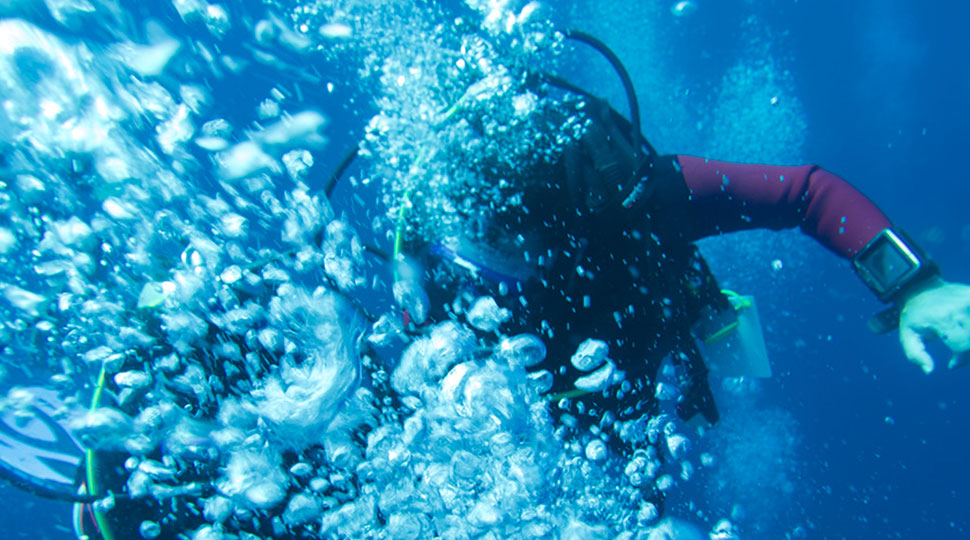Dry suit diving is a unique and exciting way to explore the underwater world, offering a level of comfort and flexibility that’s hard to match with other diving techniques.
Mastering the skills and techniques required for dry suit diving can be intimidating, but with the right guidance, you’ll be well on your way to becoming a confident and capable dry suit diver.
Understanding Dry Suit Design and Functionality
Before you start mastering dry suit diving techniques, it’s essential to understand how your equipment works. A dry suit is designed to keep you dry by trapping a layer of air between your body and the water, which is achieved through a combination of materials and design features.
The most common types of dry suits are membrane and Gore-Tex, each with its own strengths and weaknesses.
When choosing a dry suit, consider factors such as fit, comfort, and durability.
A well-fitting dry suit will ensure you can move freely underwater without feeling restricted or uncomfortable. Look for suits made from high-quality materials that will withstand the rigors of diving in rough conditions.
Pre-Dive Preparation and Equipment Check
Before entering the water, it’s crucial to conduct a thorough equipment check to ensure your gear is in good working order. Start by checking your dry suit for any signs of damage or wear, making sure the seals are secure and there are no leaks. Next, inspect your regulator, BCD, and other essential gear to ensure everything is functioning properly.
Don’t forget to perform a buoyancy check, ensuring you’re able to maintain a stable position underwater. This will help prevent accidental depth changes or unwanted movement.
Finally, double-check your air supply and make sure you have enough gas for the dive.
Managing Gas in Dry Suit Diving
Gas management is critical when diving in a dry suit, as it can significantly impact your buoyancy and overall safety. To manage your air supply effectively, aim to maintain a consistent depth and avoid rapid ascents or descents.
This will help conserve energy and reduce gas consumption.
In the event of low air situations, it’s essential to have a plan in place for emergency procedures. Practice techniques such as sharing air with your buddy or using an underwater air source to stay safe.
Remember, communication is key during emergencies – always keep your buddy informed and work together to resolve the situation.
Dealing with Emergencies in Dry Suit Diving
While accidents can happen to anyone, being prepared for emergencies is crucial when diving in a dry suit. Common scenarios include suit failure or gas leaks, which can quickly become serious if not addressed promptly.
In the event of an emergency, stay calm and follow established procedures. Communicate with your buddy and work together to resolve the situation. If you’re unable to repair the issue, make sure you have a plan for extraction or emergency ascent.

Advanced Skills and Techniques for Dry Suit Diving
Once you’ve mastered the basics of dry suit diving, it’s time to focus on advanced skills and techniques. Navigation and mapping are essential skills for any diver, allowing you to explore new territories and create detailed maps of underwater environments.
For deep diving, safety procedures become even more critical. Practice slow and controlled ascents, avoiding sudden changes in depth or pressure.
Finally, work on improving your buoyancy control, using techniques such as finning or adjusting your BCD to maintain a stable position.
The Safety Stop
Mastering dry suit diving techniques requires patience, practice, and dedication. By understanding how your equipment works, conducting thorough pre-dive checks, and managing gas effectively, you’ll be well-equipped for successful underwater adventures. Remember to stay calm during emergencies and prioritize communication with your buddy.
As you continue to develop your skills and confidence as a dry suit diver, you’ll find yourself able to tackle new challenges and explore even more of the underwater world.
With this essential guide, you’re one step closer to becoming a master of dry suit diving techniques.








